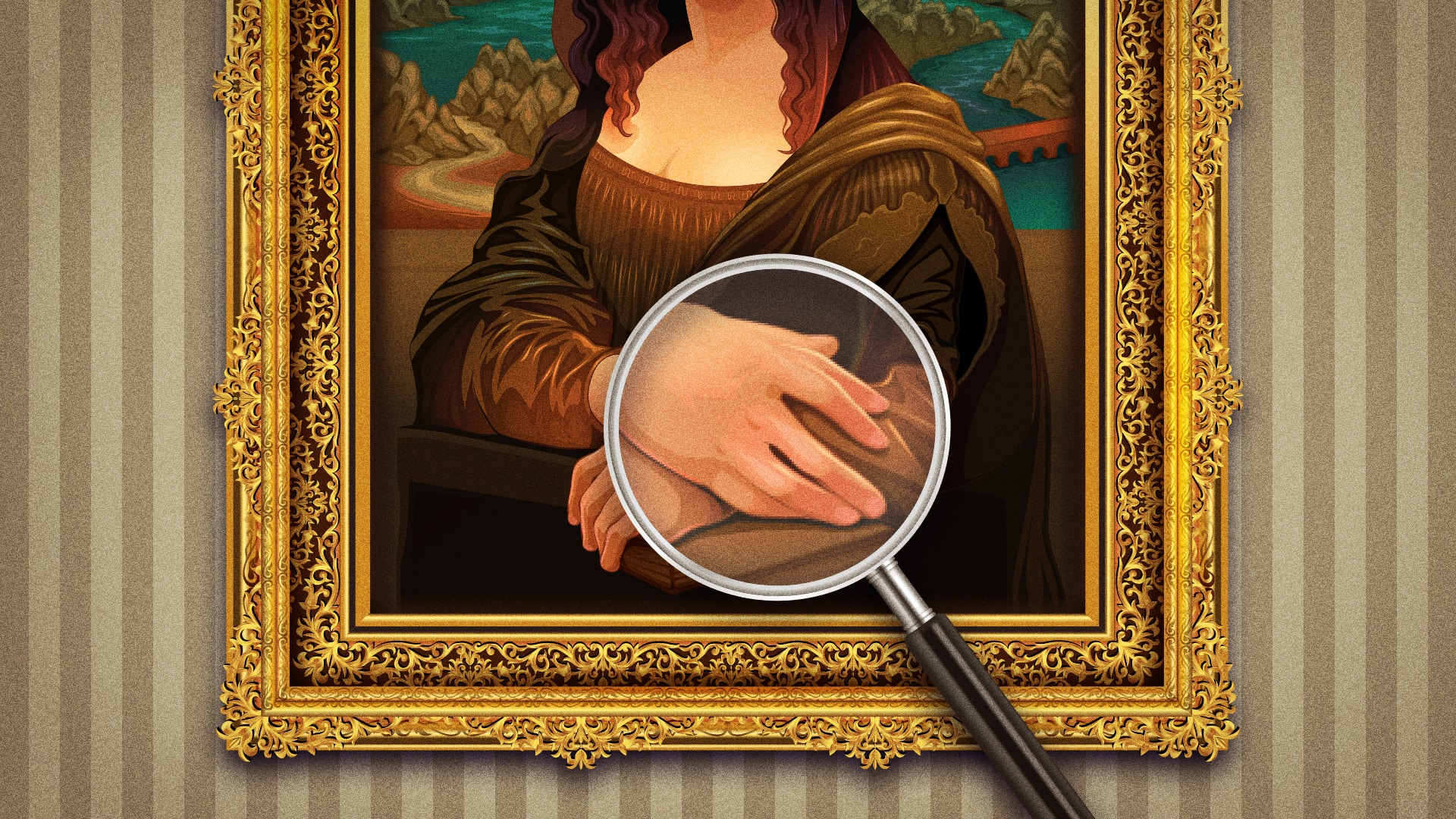
Real or fake? Use these tips to spot AI-generated images
What's the story
The advent of AI image generators such as Midjourney, Microsoft Designer, and DALL-E 3 has revolutionized the creation of digital images.
These innovative tools employ a combination of expansive language and diffusion models, to generate realistic images from a few descriptive words.
However, despite their sophistication, these AI systems often leave subtle signs that can help discern if an image is machine-generated.
Errors
Spotting anatomical irregularities
Despite being trained on extensive datasets of real images, AI image generators often struggle to perfectly replicate intricate details.
This is particularly evident in the depiction of body parts, where anomalies such as extra fingers or missing joints can be a clear indication of an AI-generated image.
These irregularities in anatomical features serve as initial indicators to discern machine-created visuals.
Clues
Unnatural hair and text: Telltale signs of AI images
Another clue to identify AI-created images is unnatural hair.
Inconsistencies in hairstyles, particularly where the hair interacts with the other objects, are clear signs of machine-generated visuals.
Additionally, AI tools often struggle to accurately replicate text, especially handwriting.
Blurred or pixelated text in an otherwise clear picture or nonsensical symbols are indicators of an AI-created image.
Realism
Shadows, lighting, and texture: AI's struggle with realism
AI image generators often fall short in accurately depicting shadows, lighting, and reflections.
Furthermore, these tools frequently result in images that appear almost photorealistic, but with evident red flags such as waxy skin and overly smooth faces.
Verification
Depth of field and AI image detection services
Overly blurred backgrounds are another indicator of an AI-created picture. If an image appears inconsistent in this area, it may be AI-created.
In the absence of clear signs, AI image detection services like WasItAI or AI or Not, can be used to verify an image's authenticity.
While not always precise, these services can serve as a useful initial check.
Detection
Google's reverse image search can be useful
Google's reverse image search tool can be employed to determine when a picture was first indexed by the search engine and find out variations of the same image.
By keeping these tips in mind, individuals will be better equipped to identify AI-generated images, and differentiate them from authentic ones.